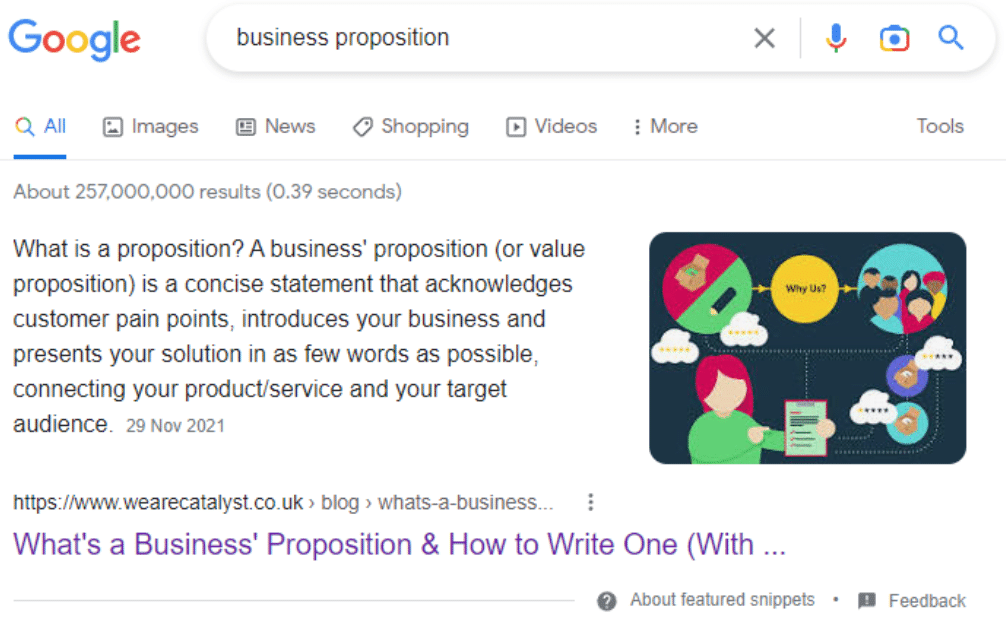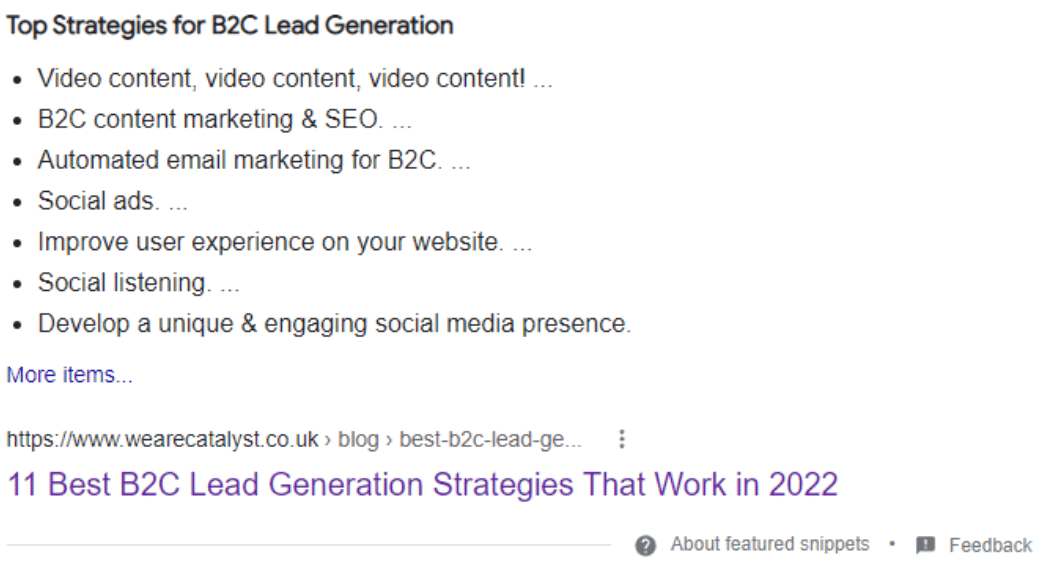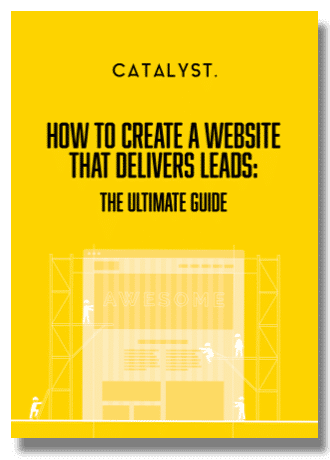What are Featured Snippets & How to Get Them? (9 Easy Tips)
Featured snippets (otherwise known as rich snippets) need to be a part of every SEO strategy.
Why?
Because featured snippets steal roughly 20% of all traffic from the number 1 organic result. This means that, by successfully ranking for a featured snippet, you’ll see a substantial boost to relevant traffic who want to hear what you have to say.
So, what is a featured snippet and how can you get them?
What is a featured snippet?
Featured snippets are special boxes that appear on Google’s search page. They bring content out of the page and place it directly on the initial search, answering the question that you asked without you needing to click. They can also appear in the ‘people also ask’ section.
This is designed to help make Google’s user experience as strong as possible (Google want to promote the best content in the most accessible format). On the page, they look like this:

Featured snippets become the first thing a user sees (after paid ads), as they rank before all other organic search.
It goes without saying that this delivers a dramatic boost to your click-through-rate, as it positions you at number 0; you’ll always be seen first.
The three types of featured snippets
There are three types of featured snippets to be aware of:
- Paragraphs – The answer is a short block of text, normally around 1-3 sentences.
- Lists – The answer is given as a list.
- Tables – The answer is broken down into a table for ease of use.
All of these types are lifted directly from the content in the blog, article, guide or video it’s lifted from.
So, if you answer a question in list form, and Google identifies that list as useful, it will feature a list snippet on the front page of Google. The above example is a paragraph snippet, here’s an example of a list snippet:

9 quick tips on how to get featured snippets
Anyone can rank for a featured snippet.
If your content meets the criteria, Google will isolate it and feature it – it’s (mostly) about creating the best content possible.
There is a little more technical stuff that can go into featured snippets, but we’ll talk more about that another day.
For now, focus on creating high quality content that answers the right questions. Here’s how you do it:
1. Start with keyword research
Keyword research should sit at the core of everything you do here.
If there’s no search volume, then it’s not worth your time.
Identify gaps in your content, then see what people are searching for, then structure your content around these keywords.
2. Browse Google to get an idea for what questions people are asking
Once you know your keywords, put them into Google and see what questions people are asking (best place to find them is in the related questions, or ‘people also ask’ section).

Use the questions you find to help inform the content you’ll write. Read the answers that are already there too and note any that aren’t very detailed, or are perhaps incorrect.
Google is constantly on the lookout to improve the content they push, so if you can provide a better answer than the one already there, then you should!
3. Find content where you’re already ranking
You’ll have a much better chance of achieving a snippet if you’re already ranking for similar content or keywords.
If you have a blog that’s ranking for something, it may be worth optimising that blog and targeting questions within it rather than writing something brand new.
This doesn’t mean that new content can’t get snippets, it will just take the content a little while to index before Google will feature it. Editing existing content skips this step.
4. Remember your on-page SEO
Google won’t feature a snippet if the rest of the content isn’t strong.
Make sure to follow SEO best practices at all times when writing your content, as well optimised content is far more likely to produce a snippet for your business.
5. Keep your answers concise
Waffle is the enemy of featured snippets.
Answer the question you’re targeting in as few words as possible. Keep it factual and cut to the chase. Pay attention when you’re Googling things to see how other featured snippets are worded. Try to emulate this when you answer your question. We recommend going:
> Question title
> Concise answer
You don’t need anything more than this.
6. Organise your content
Google loves content that’s well organised. That means numbers, list, steps, top X, anything.
Organise your content using H2 and H3 subheadings, too – make it as easy and painless for Google to crawl through your work.
If you’d like to read a little more, Google have put together a guide on snippet phrasing to help you get started.
7. Answer multiple related questions
Don’t just answer the one target question and call it a day.
You’ll see success if you also answer several tertiary questions, too. Again, it’s all about making the content as interesting, engaging and useful to the reader as possible.
8. Don’t forget imagery!
Images are the ace in the hole. Have another look at the snippet example above.
See the image? That snippet performs well, partially because it’s presented next to an eye-catching image!
Most organic search doesn’t get this opportunity, so make sure to include relevant, striking imagery in your content. Google will take these and display it next to any paragraph snippets you’re selected for, helping boost your click-through rate.
snippets you’re selected for, helping boost your click-through rate.
9. Experiment, assess, edit and repeat
Rome wasn’t built in a day.
Monitor your progress, make edits and don’t give up. If you produce new content, it can take months before it indexes, and even longer before it’s selected for a snippet.
Do everything right and you’ll have a good chance, but sometimes you’ll find that it’s not to be – that’s the way with SEO sometimes!
That’s why you should produce lots of content, answer lots of questions and, eventually, you’ll get the snippet you’ve been after.
Recommended reading
- 11 Key SEO Benefits & Improvements to Help Your Business Grow
- 8 Stats About Marketing Services that Will Blow Your Mind
- Your Website = Your Online Shop Window – Why is it important?
- How to Make a Successful Website – 8 Audit Questions to Ask


